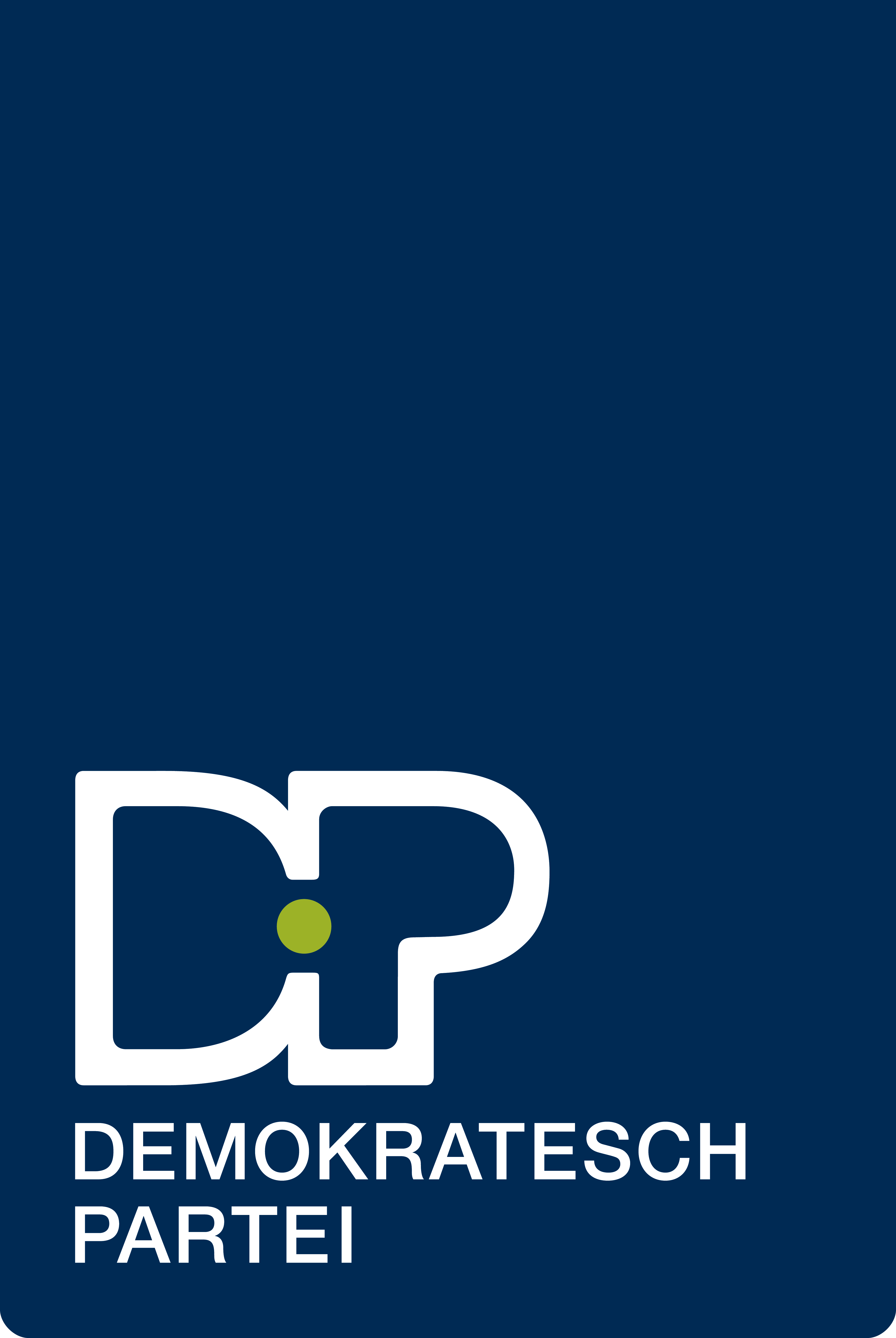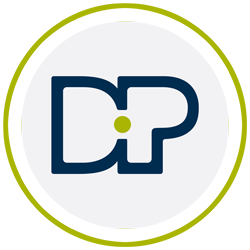« D’Problematik vum ‚Hate speech‘ verbreet sech an der Gesellschaft ëmmer méi séier. Eng konstruktiv Diskussiounskultur kënnt oft ze kuerz a muss Plaz maachen fir schnell deposéiert Kriticken, aggressiv Bemierkungen a Beleidegungen déi Rassismus, Fraefeindlechkeet, Gewalt an Haas incitéieren. Ënnert dem Deckmantel vun der Meenungsfräiheet benotzt esou munche ‚User‘ déi digital Plattforme fir bewosst sengem Onmutt Loft ze maachen, a negativ Stëmmungen ze streeën. Esou ka beispillsweis en onschëllege ‚Post‘ iwwer e Rezept, ganz séier an enger Kultur- an Ethnizitéitsdiskussioun ausaarten. Ee richteg placéierten ‚hashtag‘ geet duer, an d’Land ass gespléckt iwwer e politeschen Debat den zu dem Zäitpunkt méi op de Plattformen, ewéi a politesch Diskussiounen ausgedroe gëtt. Zu wat Opriff um Internet beim Public kënne féieren, huet d’ganz Welt spéitstens bei den Attacken op de Kapitol zu Washington materlieft.
Ganz besonnesch geféierlech an dëser Thematik ass d’Verharmlosung vun dësem Phänomen dat am digitalen Zäitalter ëmmer méi d’Iwwerhand hëlt. Och wann den Opruff zu Haass per Strofgesetz verbueden ass, gëtt et weiderhi vill Aggressivitéit an Haass am gesellschaftleche Melting pot vun de soziale Netzwierker. Oft gëtt ‚hate speech‘ mat humoristesche Kommentaren ofgedeon – „well, that escalated quickly“ – mee eng tatsächlech Konsequenz fir d’Auteure bleift aus. Den Haass amuséiert, a féiert net zu engem Ëmdenke beim Lieser.
D’‘Broken Windows Theory‘ postuléiert, dass kleng Schied duerch Vandalismus, no deenen net gekuckt gëtt, dozou féieren, dass de Vandalimus sech wäert weider op dëser Plaz verbreeden.
D’Broken Web Theory baséiert op dëser Iddi, an applizéiert d‘Theorie op den Internet als gemeinschaftleche Raum. Deemno beseet dës Theorie, dass Strofdoten déi ëffentlech am digitale Raum begaange ginn, an op déi keng Reaktioun follegt, dofir suergen, dass dat Verhalen bestäerkt, a verstäerkt weidergefouert gëtt.
An deem Kontext wéilte mir folgend Froen un d’Madamm Justizminister an un den Här Minister fir Educatioun, Kanner a Jugend stellen:
- Ginn et am Beräich vum ‚Hate speech‘ Statistiken, déi dëse Phänomen iwwerwaachen? Dans l’affirmative, wéi hu sech d’Chifferen iwwert déi lescht 5 Joer verännert ?
- Si Sensibiliséierungscampagne geplangt fir op de Problem opmierksam ze maachen? Wat ass virgesi fir der momentaner Entwécklung vun ‚hate speech‘ entgéintzewierken?
- Wat kann de Bierger maache fir sech géint esou e Verhalen am Internet ze schützen ? Kann de Bierger rechtlech géint esou ee Verhale virgoen?
- Eis Jugend wiisst ëmmer méi digital op. Wéi kënnen och si virun ‘hate speech’ am Internet geschützt ginn ?
- Wat fir Alterskategorien si besonnesch am Risiko mat ‚hate speech‘ konfrontéiert ze ginn? Gëtt d’Thema ‚Hate speech‘ an der Schoul thematiséiert, an a welche Klassen?
- Wat ass déi éischt Ulafstell fir betraffe Kanner a Jugendlecher, wou si Hëllef kenne kréien? »
Answer
The BEE SECURE initiative of the Luxembourg Government offers citizens the opportunity to report illegal, racist and discriminatory content. The BEE SECURE team focuses on information, on raising awareness and on prevention work. The idea is also, that convictions by Luxembourg courts will have a deterrent effect and make users pay more attention and be more aware about what it is they write on the internet. In addition to the BEE Secure Helpline and Stopline, it is also possible to file a complaint with the police or the Public Prosecutor’s Office in the event of a personal attack. Young people are growing up more and more digitally, and through campaigns or the ’media compass’, they are made aware of the functioning of the digital world. In addition to the BEE SECURE Helpline and Stopline, young people can also contact the Children and Youth Helpline ‘Kanner- a Jugendtelefon’, the police or the Center for Equal Treatment.






